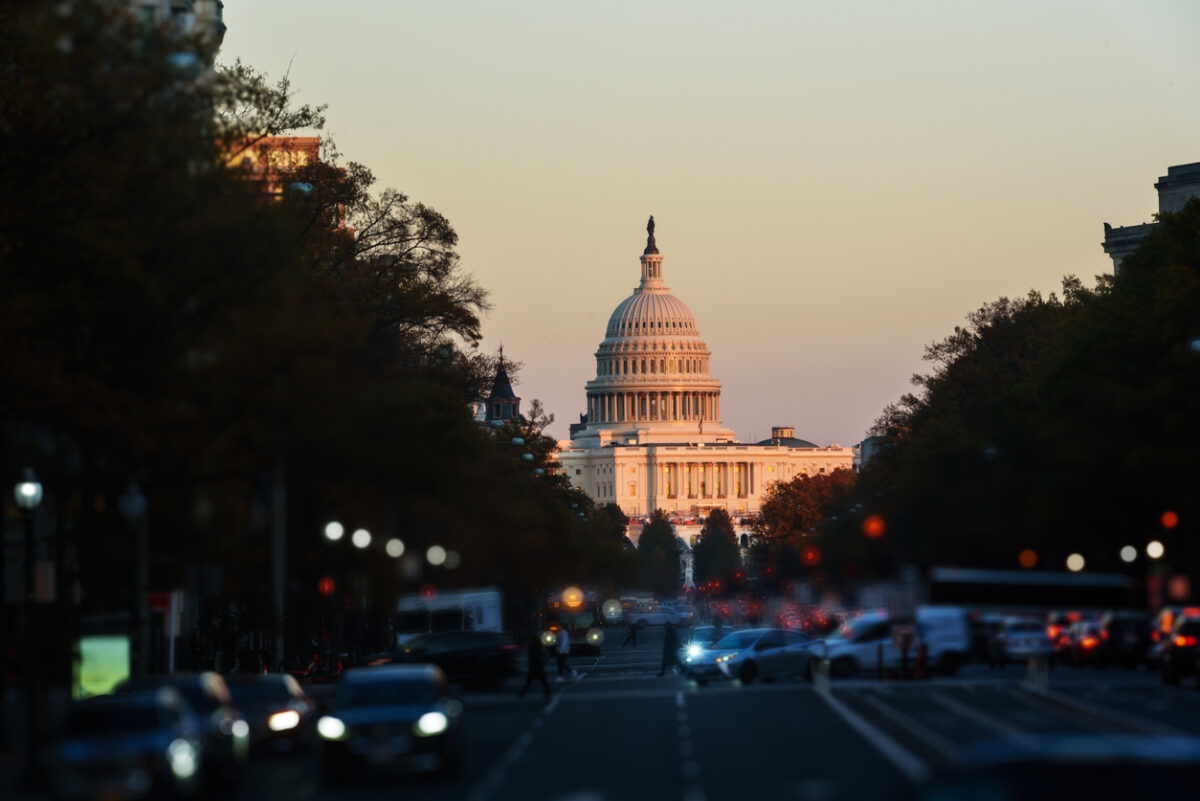Who Is Walking Through “The Most Important Door?”
Published Jun 15, 2021
New Research Finds Many Recruitment, Admissions, and Enrollment Policies and Practices May Seem Neutral on their Face but Perpetuate – or Exacerbate – Inequities in their Impact
Washington, DC (June 15, 2021) – In signing the Higher Education Act of 1965, President Lyndon B. Johnson described education as “the most important door that will ever open.” Earning a college credential can mean a better living and a better life for students and their families but requires getting into college in the first place. Education is indeed a door, and recruitment, admissions, and enrollment policies and practices dictate how wide that door is open. Research from the Institution for Higher Education Policy (IHEP) finds that eight such policies and practices that may seem neutral in intent have an inequitable impact on Black, Latinx, Indigenous, and underrepresented Asian American Pacific Islander students and students from low-income backgrounds.
Released today, “The Most Important Door That Will Ever Open”: Realizing the Mission of Higher Education Through Equitable Recruitment, Admissions, and Enrollment Policies, outlines the context, prevalence, and impact of: recruitment practices; demonstrated interest policies; early admissions deadlines; legacy admissions; use of standardized testing; use of criminal justice information; developing effective transfer policies; and need-based financial aid policies. Based on an extensive review of research, data analysis, and interviews with institutional leaders and experts in the field, the report and accompanying advocacy tools set forth actionable recommendations for policymakers and practitioners at colleges and universities – and, where relevant, for state and federal policymakers – to reexamine current recruitment, admissions, and enrollment strategies and put equity at the forefront.
“We know that Black, Latinx, Indigenous, and underrepresented Asian American and Pacific Islander students and students from low-income backgrounds have historically been marginalized in higher education. The disproportionate impact of the COVID-19 pandemic on these same groups of students can be seen across higher education, including in declining enrollment numbers. Left unexamined, recruitment, admissions, and enrollment policies can continue to limit opportunities for these students,” said Mamie Voight, IHEP’s interim president. “In the face of disparities in college access and attainment by race, ethnicity, and income-level, now is not the time to hope for change in spite of long-standing policies. Now is the time to rethink these policies. Now is the time for institutions to use all of the tools at their disposal, including recruitment, admissions, and enrollment policies, to promote equity. For the door to be open to all of today’s students, regardless of race, ethnicity, or income, we must have our eyes open to the impact of each policy and practice.”
“Over the past several years, we conducted a thorough examination of how college recruitment practices, admissions criteria, and the application process impact underserved students. This work became increasingly urgent as the events of the past year widened inequities across the country,” added Eleanor Eckerson Peters, IHEP’s associate director of research and policy. “With input from admissions and enrollment professionals, association leaders, and policy experts, we carefully and thoughtfully outlined tangible ways the postsecondary community can rethink the ‘enrollment funnel’ to open wide the door of opportunity to everyone.”
“The Most Important Door That Will Ever Open”: Realizing the Mission of Higher Education Through Equitable Recruitment, Admissions, and Enrollment Policies acknowledges the myriad considerations that influence admissions decisions, including financial pressures, state budget allocations, application yields, and alumni relationships. The report then takes a hard look at whether intended outcomes materialize, or whether policies and practices maintain the historical inequities based on race and class seen at many selective colleges and universities. The report and accompanying set of advocacy tools set forth research-backed, data-informed, and student-centered solutions to disrupt inequities and promote opportunities for students of color and students from low-income backgrounds.
###


